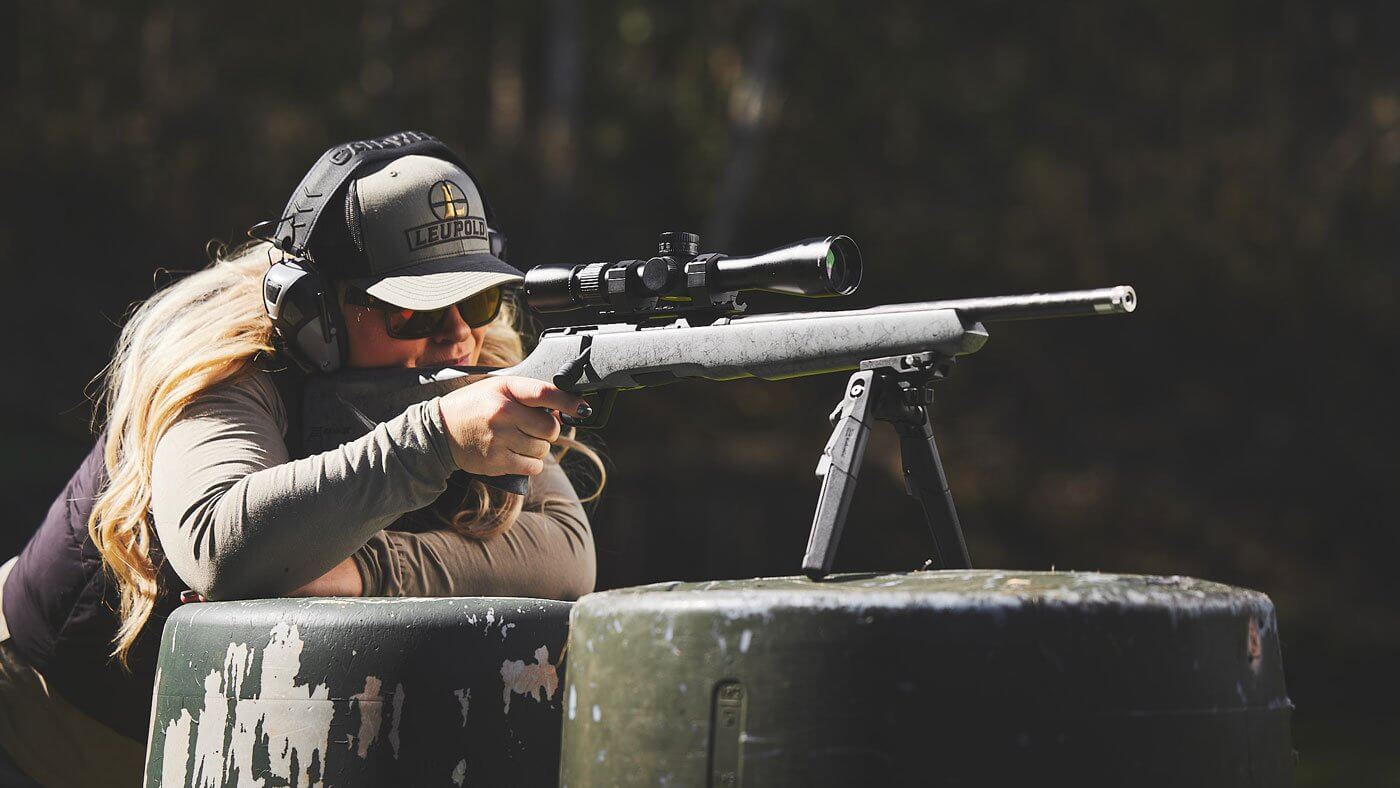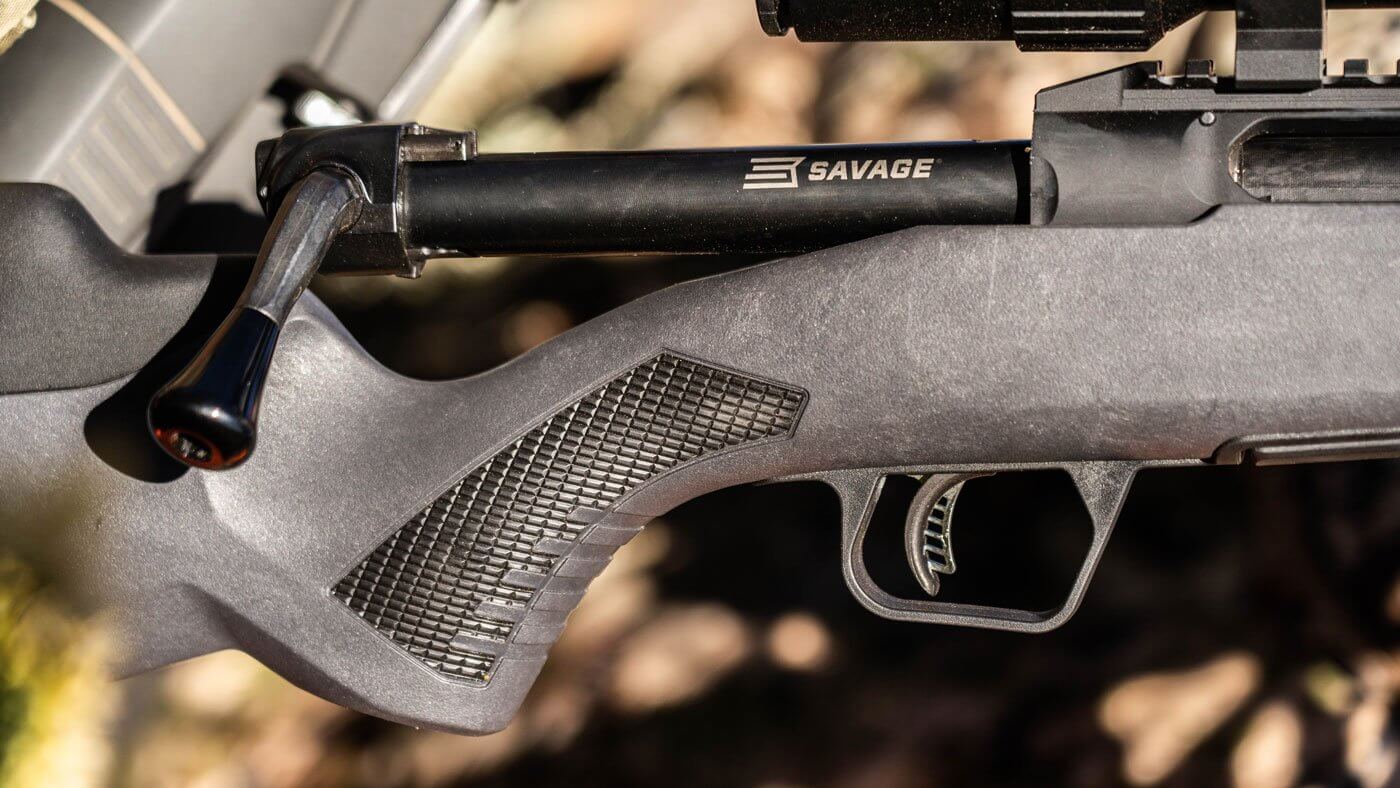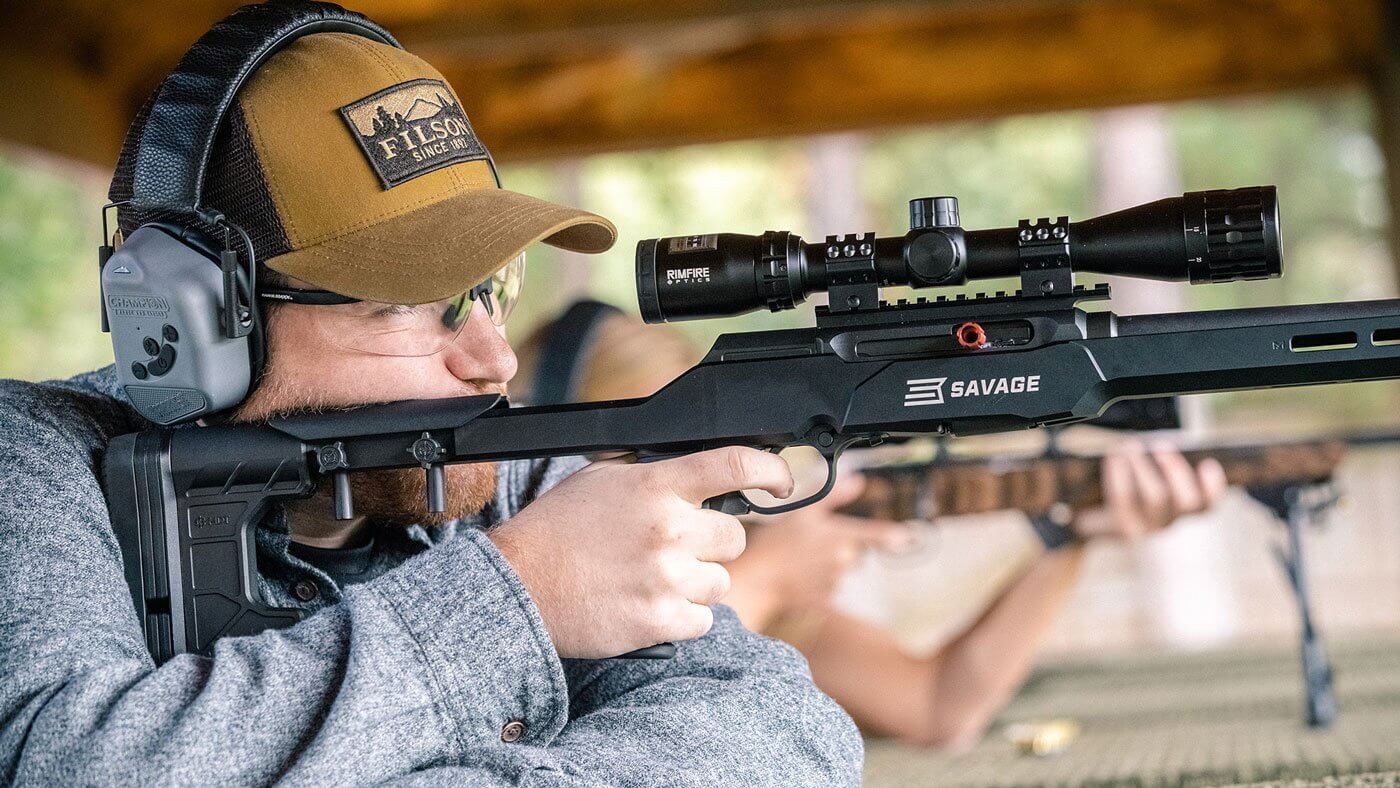- Savage Blog
- How to Pull a Trigger For Consistent Accuracy
How to Pull a Trigger For Consistent Accuracy

In hunting and shooting sports, accuracy is the result of many factors—proper stance, sight alignment, breathing, and follow-through. But one of the most critical and basic skills is knowing the fundamentals of how to pull a trigger. Even the most accurate rifle or pistol can’t compensate for poor trigger control. Whether you’re a novice shooter or seasoned pro, understanding how triggers work, mastering the fundamentals of a smooth pull, and practicing until it’s second nature can dramatically improve your shooting performance.
This guide will break down how triggers operate, the key stages of a trigger pull, common issues that affect performance, and proven methods for improving your trigger control.
How Triggers Work
Before learning how to pull a trigger properly, it’s important to understand the mechanics behind it. A trigger is part of a firearm’s fire control group, also called the trigger assembly, and each component plays a role in making the gun fire.
Fire Control Group Components
Trigger – The part you press to release the firing mechanism and fire a cartridge.
Trigger Spring – Provides resistance during the pull and helps reset the trigger upon release.
Sear – Holds the hammer or striker back until the trigger releases it.
Disconnect – Prevents the firearm from firing more than one round per pull in semi-automatic firearms.
Hammer – The part that is released by the pull of the trigger, striking the firing pin and firing the cartridge. In some firearms, an internal striker takes the place of a hammer to impact the firing pin.
When you press the trigger, you’re manipulating a finely tuned mechanical process. A smooth and deliberate pull ensures that the firearm discharges without disturbing your sight picture.

Parts of a Trigger Pull
Learning how to pull a trigger effectively starts with recognizing the stages of a trigger pull. Most modern firearms have distinct phases:
Take-up – The initial movement of the trigger before resistance is felt.
Wall – The point at which the sear is engaged, and resistance increases.
Break – The release of the sear, dropping the hammer or striker, and firing the round.
Reset – The minimal forward movement required before the trigger is ready to fire again. In semi-automatic firearms, the trigger resets automatically. In bolt-action, lever-action, and pump-action firearms, the bolt or other action piece must be manipulated before the trigger can be reset.
Knowing how your trigger operates ensures that you’re in control of when the shot breaks and that you’re ready for follow-up shots without unnecessary movement.
What Affects a Trigger Pull
When learning how to pull a trigger, you must also recognize the variables that influence your ability to pull it smoothly.
Trigger Weight
Trigger weight refers to how much pressure, in pounds, is required to make the trigger break. Too heavy, and you may disrupt your aim while pulling. Too light, and you risk unintentional discharges before you are ready to shoot. Adjustable triggers, like Savage’s innovative AccuTrigger, can be adjusted by the shooter to fine-tune their trigger pull weight.
Trigger Creep and Slop
Creep – Unwanted movement before the break. A trigger that creeps won’t feel smooth when pulling, and can make it difficult to get a good feel for when the trigger will break.
Slop – Excessive free play in the trigger mechanism. Poorly designed trigger mechanisms can have excessive slop that leads to inconsistent trigger pulls.
Recoil and Shot Anticipation
Anticipating recoil can cause you to flinch on the shot and push or pull the gun off target before the bullet leaves the barrel. Flinching is a physical response to recoil or noise and can severely impact accuracy. A smooth trigger that breaks clean, paired with a focus on proper fundamentals, can help counteract flinch.
Finger Placement
Placing your finger too far in, or hooking the trigger, can cause you to push the trigger sideways, while too little contact can lead to uneven pressure. The pad of your finger should be centered on the trigger for a consistent trigger squeeze.

Trigger Control Fundamentals
The core principles of how to pull a trigger involve proper breathing, finger placement, and a smooth squeeze.
Proper Breathing
How you breathe affects your stability when shooting. Follow these steps for proper breathing:
Breathe in naturally.
Exhale smoothly.
Pause momentarily at the natural respiratory pause.
Squeeze the trigger during this pause.
Finish exhaling after the shot.
This prevents chest movement from affecting your body and causing subtle changes in your aim.
Trigger Squeeze
Pull the trigger straight back with a steady, deliberate squeeze, with the pad of your finger on the center of the trigger. The break should almost come as a surprise, rather than being forced. This prevents jerking the trigger, a quick and sudden movement that can throw shots off target.

How to Improve Your Trigger Control
Knowing how to pull a trigger is only the first step—practice and refinement are what lead to consistent accuracy.
Breathing Exercises
Practicing breath control away from the range can help you integrate it into live-fire situations. You can use dry-fire drills to combine breathing and trigger work.
Dry Fire Practice
Dry firing—practicing with an unloaded firearm—lets you work on fundamentals without recoil or live ammo costs. Place a coin or spent casing on your barrel and see if you can break the shot without it falling.
Before you practice dry firing, ensure that your firearm is unloaded and pointed in a safe direction! Always observe the rules of firearm safety, and treat every firearm as if it is loaded.
Upgrade Your Equipment
While skill is the most important factor, the right equipment can make good technique easier to achieve.
Savage AccuTrigger
Many Savage rifles come standard with the AccuTrigger, which is easily adjustable to fit your preferred pull weight. Most rifles equipped with the AccuTrigger are adjustable from 2.5 to 6 pounds of trigger pull weight, but some precision models like the 110 Elite Precision can go as low as 1.5 pounds!
The AccuTrigger eliminates creep, offers a clean break, and enhances safety with its built-in safety blade design that prevents accidental discharges from bumping the trigger. A quality trigger like the AccuTrigger makes learning how to pull a trigger much smoother, easier, and more forgiving, while enhancing your accuracy in the field and on the range!

Why Trigger Control Matters
In competitive shooting or hunting scenarios, a clean and consistent trigger pull can be the deciding factor between a hit and a miss. Even with perfect sight alignment, a poor pull can shift the muzzle just enough to cause an off-target shot.
Good trigger control allows for:
Better accuracy in all positions.
Controlled follow-up shots with consistent resets.
Greater confidence in shot placement.
Putting It All Together
Here’s a simple drill you can use to reinforce everything you’ve learned about how to pull a trigger:
Get into a stable shooting position (benchrest, prone, or supported standing).
Establish proper grip and sight picture.
Inhale and exhale naturally, pausing at your respiratory pause.
Place the pad of your finger on the trigger.
Apply steady rearward pressure until the shot breaks without anticipation.
Hold the trigger to the rear momentarily, then release to the reset.
Repeat while focusing on consistency.
This process builds muscle memory, which is critical for precision in high-pressure situations.

Mastering how to pull a trigger isn’t just about the mechanical act—it’s about creating a repeatable, consistent process that works in any shooting scenario. By understanding how triggers work, recognizing the stages of a trigger pull, controlling breathing and finger placement, and practicing regularly, you can drastically improve your accuracy.

